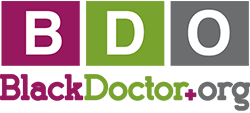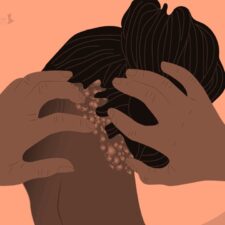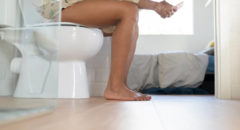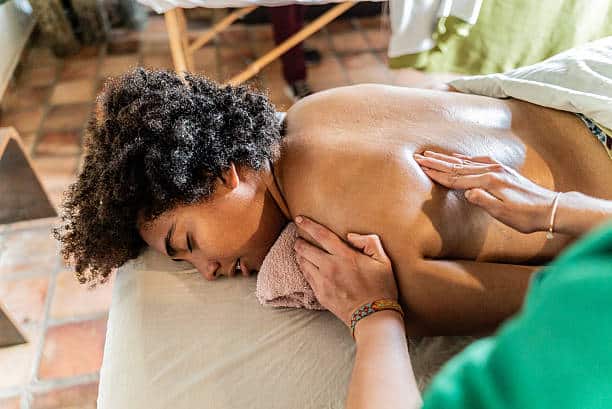
While traditional medicine is often effective for treating many conditions, alternative medicine can offer much-needed complementary care. Acupressure is one of those options that may be helpful for you to explore, depending on what’s bothering you. Developed in China, this form of alternative medicine focuses on applying pressure to specific pressure points in the body to balance your energy. By using acupressure, you may get relief from different health issues by applying pressure to the right areas.
Health Benefits of Using Acupressure
1. It May Help Your Eyes
When you stimulate the pressure points around your eyes, it can alleviate the symptoms of eye strain and fatigue. This can be beneficial for people who spend a lot of time on digital devices. Additionally, improving the blood flow around the eyes can help to reduce your risk of developing eye-related problems like cataracts and macular degeneration.
2. It Can Soothe an Itchy Scalp
According to practitioners of acupressure, stimulating certain pressure points on the scalp can improve blood circulation to the hair follicles. The boost in blood flow can lead to better hair growth and reduced hair loss. Acupressure can also improve oil production in the scalp, which can help alleviate conditions such as dandruff.
3. It Can Give You Healthier Skin
When acupressure improves the blood flow to your face, you may benefit from increased collagen production. As a result, you could see better skin elasticity, less puffiness under your eyes, better skin texture, and a healthier glow.
4. It May Lower Your Blood Pressure
Stimulating certain pressure points can promote relaxation, which generally results in lower stress and blood pressure. Improved circulation can also reduce inflammation in the body, which has been linked to diseases like heart disease and diabetes.
5. It May Help You Fight a Cold
Acupressure may boost your immune system and support your body’s healing processes. That can result in less severe cold symptoms as well as a shorter duration. The improved blood circulation may alleviate congestion, coughing, headaches, and fever.
6. It May Soothe Your Headaches
If you’re prone to headaches and migraines, acupressure may help. Massaging the right pressure points can reduce the inflammation that encourages headaches. It can also reduce tension and pressure in the head and neck.
7. It May Improve Kidney Function
By placing pressure on the points associated with your kidneys, you may be able to improve their blood flow and, consequently, their function. With better blood flow, your kidneys can filter waste and toxins more effectively.
8. It Can Help With Stress Management
Acupressure may activate the parasympathetic nerve system to release endorphins. These endorphins are the reason you’ll feel relaxed and less stressed. Doing this regularly can add to your overall well-being as you’ll be happier.
9. It Can Help You Sleep
Since acupressure promotes relaxation and a general feeling of happiness, it’s not surprising that it might be able to help you sleep. It may also soothe the nervous system so you can fall asleep more quickly. You may also find it easier to maintain a healthy sleep-wake cycle.
RELATED: 7 Daily Exercises to Help Alleviate Back Pain
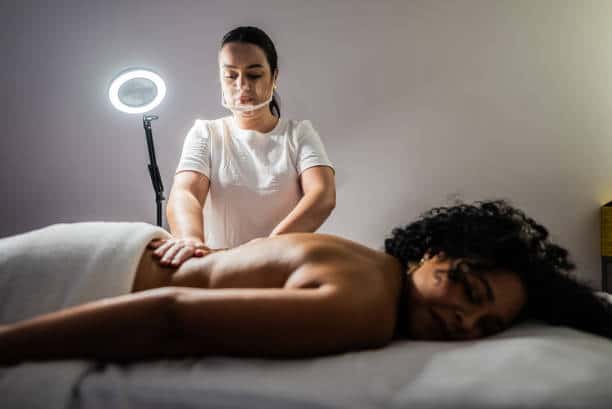
How to Ease Your Lower Back Pain
As noted above, acupressure can be great for easing pain. The good news is that you can help yourself temporarily without seeing a professional. If you decide to do this, you should never use acupressure if the points are painful or there’s a wound, sore, active infection, a blood clot, or a rash. In that case, you need to talk to a healthcare professional.
If none of those issues are a problem, then you can use comfortable pressure on the right pressure points up to five times per day. Before starting, you should find a quiet space where you can relax. Once in a sitting or prone position, you can locate the pressure points you want to stimulate. When you find them, you should use your fingertips or thumbs to apply gentle but steady pressure. While you’ll feel a slight sensation, there should be no pain.
As you maintain the pressure, move your fingers or thumbs in a circular motion to massage the area. You should only aim to keep pressure on the area for a minute or two while breathing deeply. If needed, you can repeat the process throughout the day.
There are different pressure points that can help with lower back pain, but the most effective are usually located in the stomach, lower back, the hips, the back of the knees, the elbows, and the hands. Since it’s hard to say which ones will work best for you, it’s good to try a few of them first.
The stomach pressure point is located two fingers below the belly button, while the points for the lower back are two finger widths and four finger widths from the spine at waist level, on each side of the spinal cord. In the hip bones, the pressure points are on both sides of the hip bone, approximately two finger widths from the large bony area at the bottom of your hip, and midway between the top of your hipbone and the base of your buttocks.
RELATED: 5 Signs it’s Time to See a Doctor About Your Back Pain
Why It’s Good to See a Professional
Though you can use a self-acupressure massage to get some pain relief, the experts recommend seeking out an acupressure professional. Doing this is especially important if you have chronic pain. A professional can assess your condition to determine the source of your pain and how best to help you. It’s not uncommon to have lower back pain that originates from somewhere else. If you’ve never seen a doctor for your pain, an acupressure assessment can give some insight into what’s happening.
Even if you need to see a doctor for further care, an acupressure professional can also develop a holistic plan for you that will complement your medical regimen. Of course, depending on the health problem, you should always talk to your doctor about how best to incorporate acupressure into your healthcare program.
Acupressure has been a part of alternative medicine for many years. It can help to ease the symptoms of different issues like back pain, insomnia, headaches, and neck pain. You can use a few techniques to help yourself at home, but seeing a professional can be a game-changer for your health.
